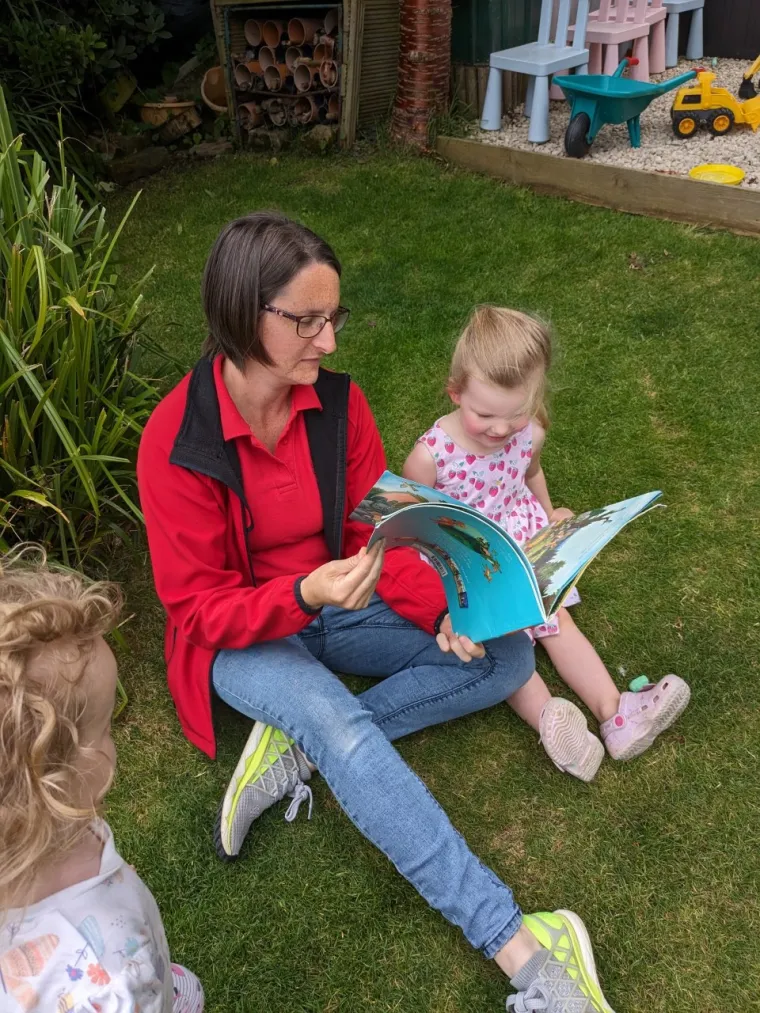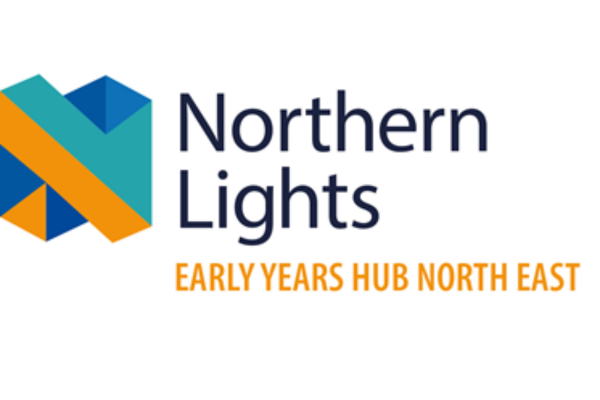This blog was written by Kimberley Forteath, Little Sunbeams Childminding Service, Guisborough.

Kim has been a practising childminder in the North East of England since 2015, before which she worked in primary and secondary schools. A mum of four children age 20, 13, 10 and one, Kim has special interests in schematic play, baby led weaning and picky eating. Rated Outstanding by Ofsted in both inspections (2017 and 2022) Kim works with her assistant Charlotte, who trained with her through the apprenticeship scheme. Kim also works as a Mentor on the DfE Childminder Mentor Programme and has just been announced as a finalist for Childminder of the Year at the Nursery World Magazine Awards 2023.
Development Matters is a Department for Education publication which provides non statutory curriculum guidance for the Early Years Foundation Stage. Put more simply, it is a document we can use to help develop our own curriculum (everything we want children in our care to experience and learn) and to help us to spot where a child might need additional support.
Although non-statutory (meaning you are not obliged to use it) it is a rich resource covering effective practice, effective teaching and learning and lots of information on how children learn and progress through the prime and specific areas of learning. In this blog we are going to focus on how we can use this document to support better outcomes for the children in our care.
Development Matters
To help us step away from the old notion of using former versions of Development Matters as an assessment 'checklist' let's think first about the name of this document. It is DEVELOPMENT matters, not Milestones Matter.
Progress in early years shouldn't be defined by meeting a specific milestone by a fixed point in time. It should be seen as a gradual development and refinement of a child's skills. Where we see a child struggling to make progress in any area, regardless of their starting point, this is where we need to intervene. This may be using our own expertise to provide opportunities to practice a skill or it may be signposting to other more specialist help.
For many childcare providers this can seem daunting. We are being expected to make a judgement on a child's capabilities in their areas of learning and, based on that judgement, decide on what action to take. This is where the Development Matters document can be invaluable.
Let's say, for example, you are caring for a two year old who doesn't seem to say very much. They've been with you a while, settled in and feel safe at your setting but you still don't feel like you are hearing much speech. You can easily consult the communication and language section of the document, read through what you would expect them to be learning and then use the 'observation checkpoints' to assess whether they are secure in these skills or need further support.
Unless your concern is urgent, I would consider coming back to these check points regularly over the next couple of months to look for progress as you work with the child to support them in strengthening their knowledge and skills in any weaker areas.
To help you find ways to do this Development Matters has a column in each of the areas of learning called 'examples of how to support this'.
This is an excellent starting point for practitioners but you will also need to draw on your own knowledge or look for other resources to help give really meaningful learning opportunities that support the child to retain the skills you are trying to teach. In this particular scenario, where communication and language are the concern, the following links to information on the Education Endowment Foundation would be an excellent resource:
Teaching Through Collaborative Talk
Teaching and Modelling Language
Remember, meaningful learning opportunities do not have to be revolutionary. It can be easy to fall down a social media rabbit hole where perfectly presented tuff trays and expensive resources can be seen in every perfectly posed photo.
It is absolutely fine to strip activities back to what matters; snuggle them into your lap to enjoy a story together, discuss what they can see in the pictures, ask them to think about what might happen next and so on. We can then use some ‘in the moment’ planning to extend their enjoyment and learning.
For example; “I wonder what we could use to make our own Gruffalo crumble?” could lead in all kinds of directions. You could use food to make a tasty treat (yogurt, fruit and cereals to mix up go down well here), you could take the play outside to use sand, leaves and other natural materials, you could use it as a mark making and early writing activity, the possibilities are endless.
My mantra is always ‘use what we have’. All of these activities have huge scope for rich language use. Just narrate what you are doing, ask children occasional questions, remember to repeat their words back to them using correct pronunciation and add extra words to theirs to expand their vocabulary.
Singing and dancing can also be an excellent way to encourage more speech. Nursery rhymes are especially good as they are full of rhythm, rhyme and intonation. Sometimes practitioners can be self-conscious about singing or they might not know many rhymes to begin with.
A book of nursery rhymes from the library might be a good place to start or just pop some songs on You Tube, Spotify or similar and learn along with the children. Once they get hooked into those action songs you’ll be carried along on their wave of enthusiasm!
